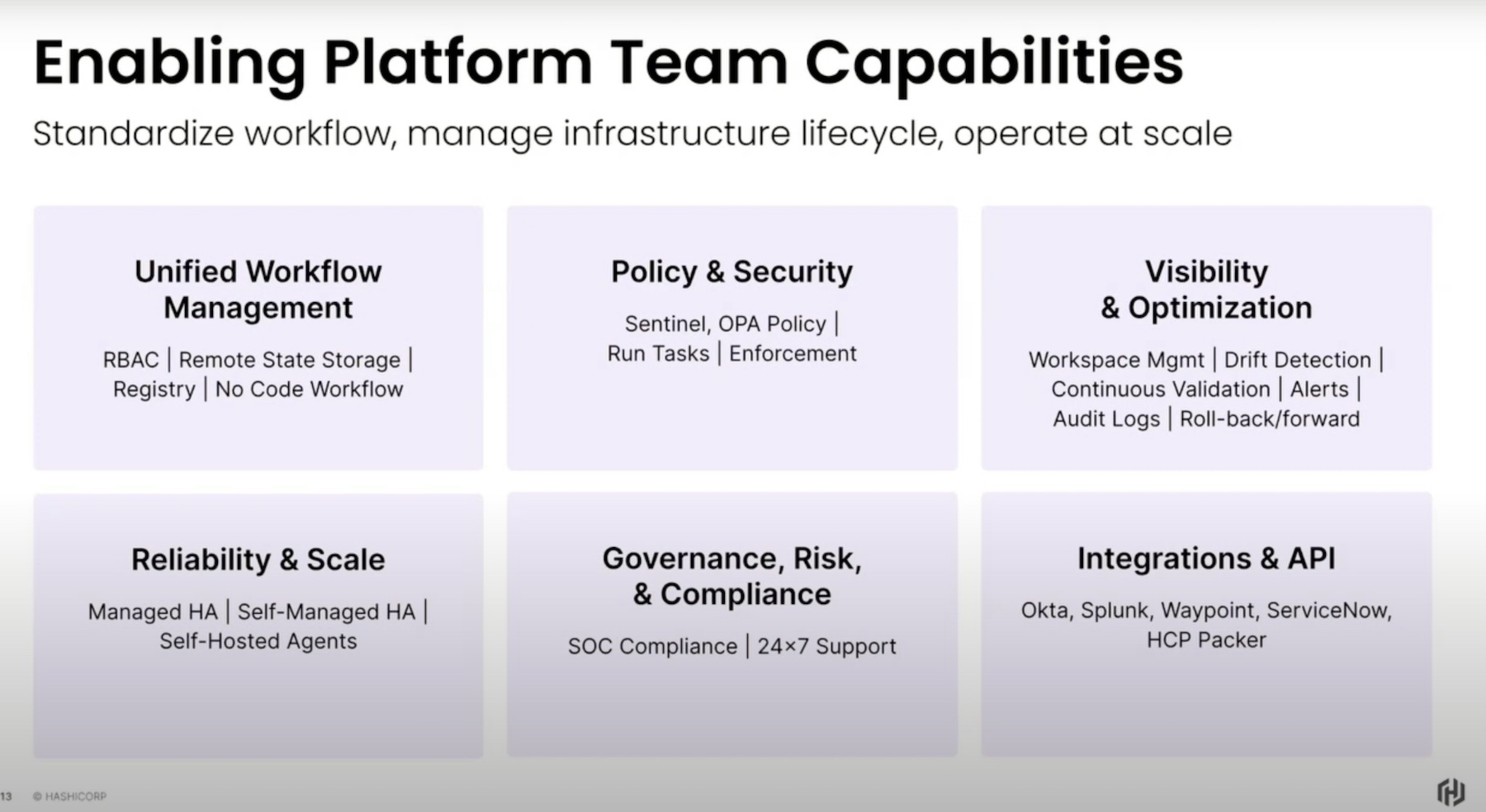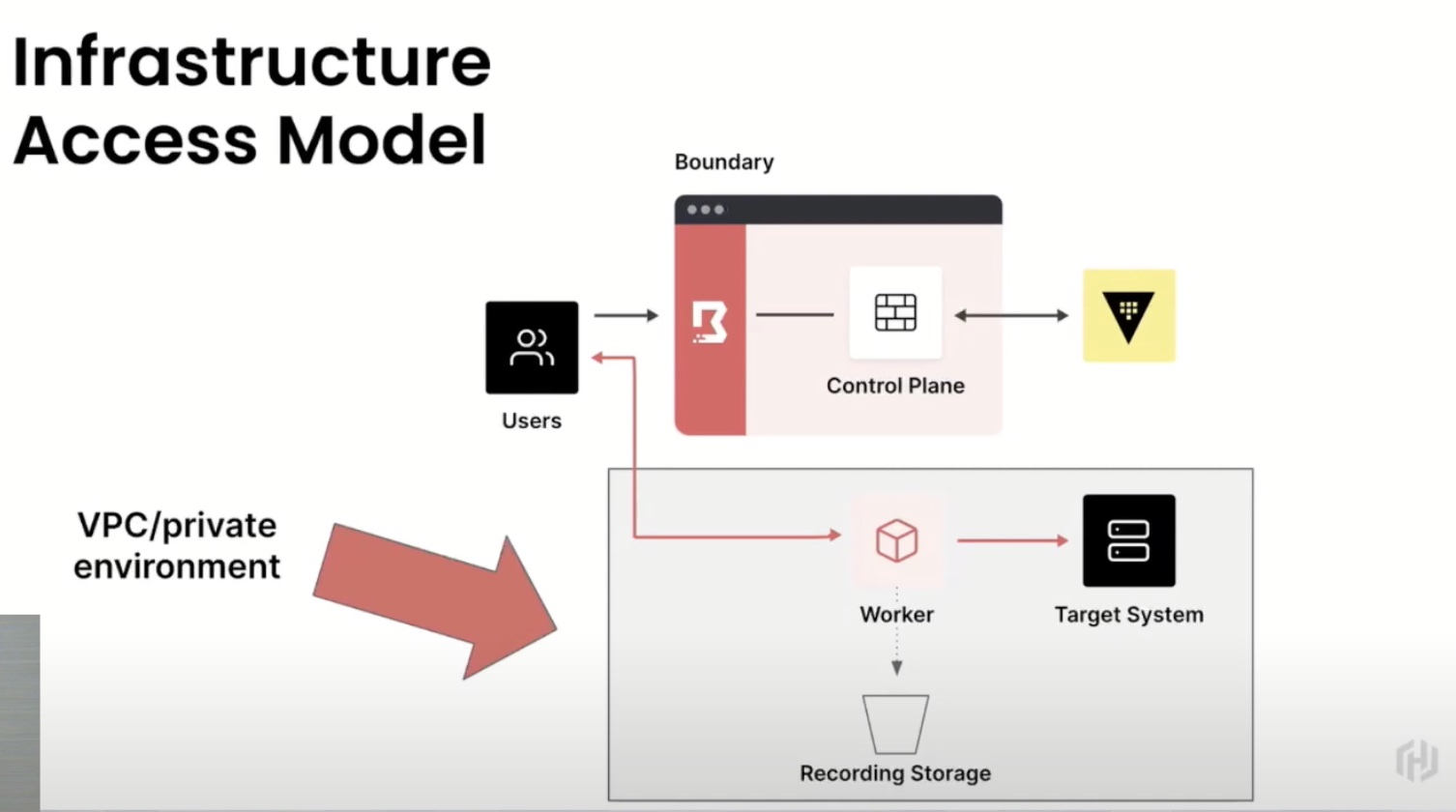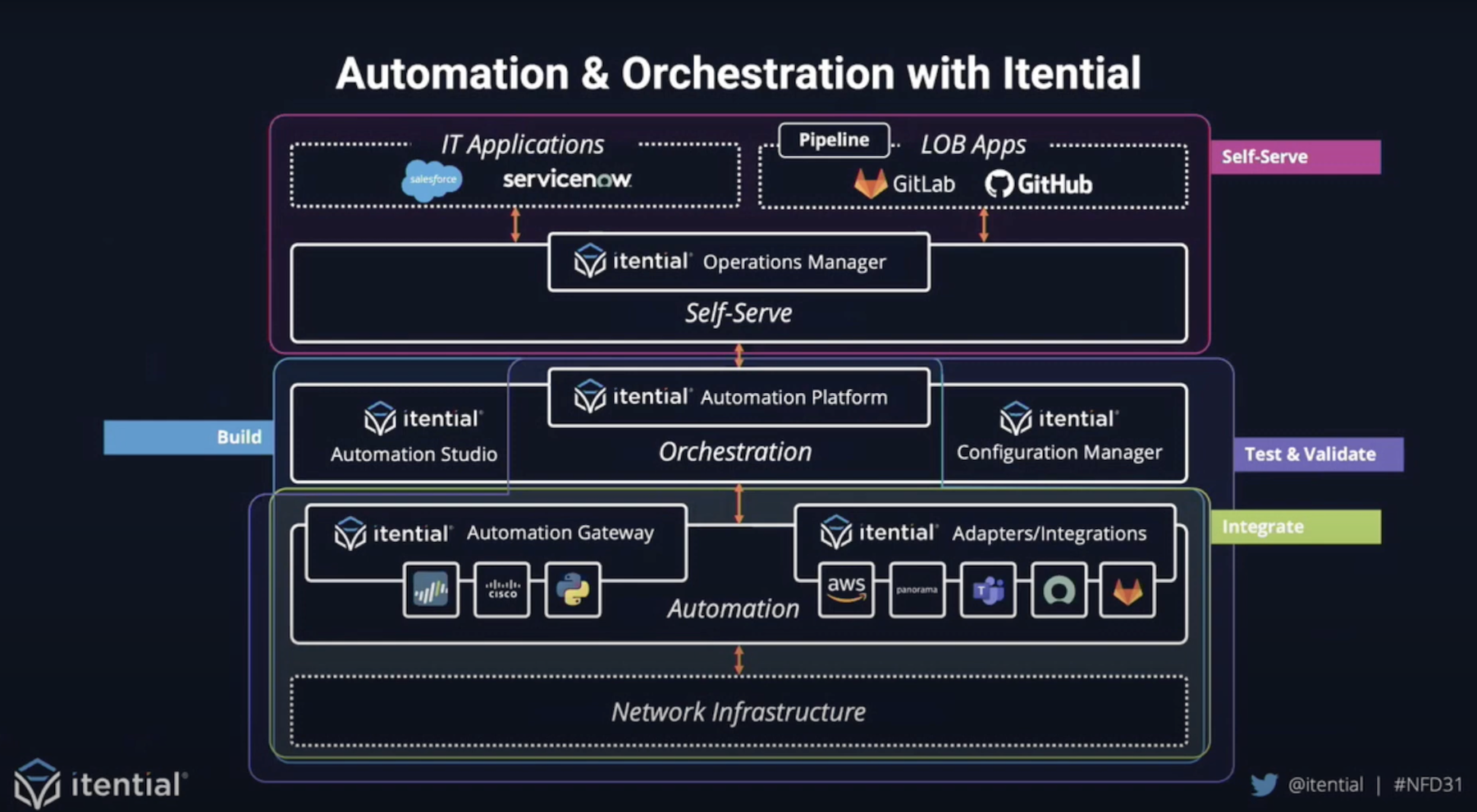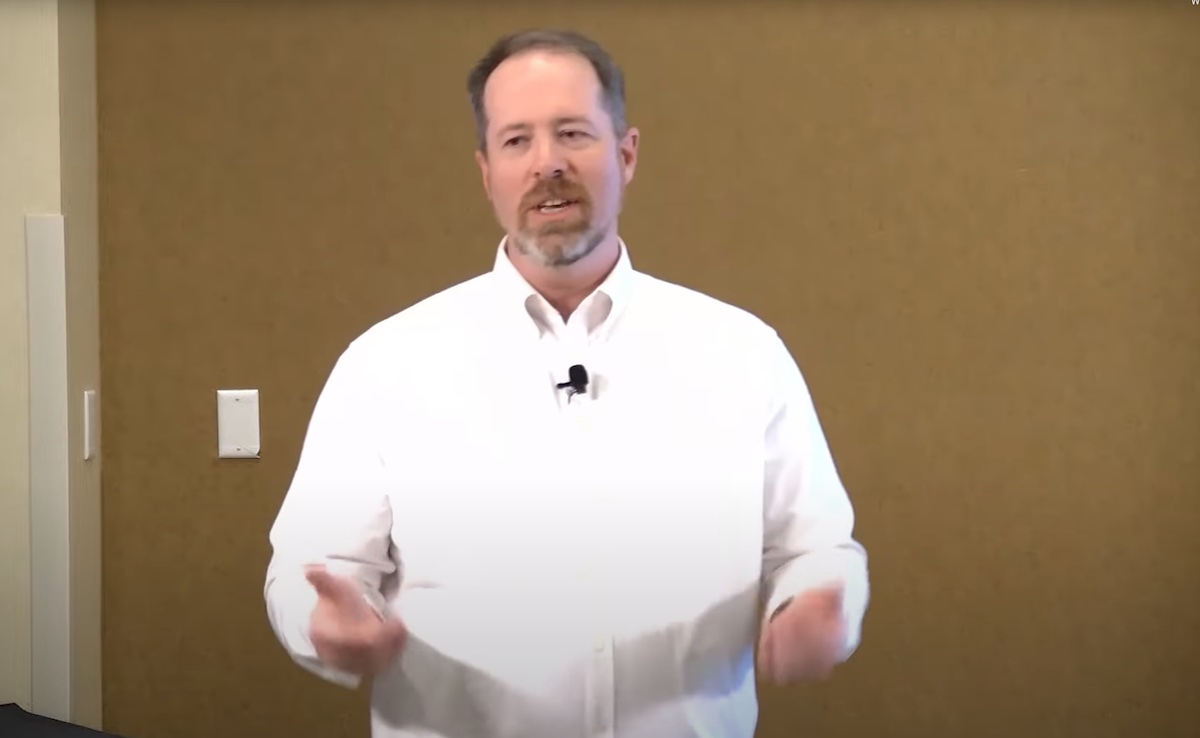Businesses are increasingly turning to automation as a way to effectively control and maintain hybrid infrastructures, and it’s clear why. Infrastructure automation provides IT teams the ability to do more with less, and makes their daily lives easier and less stressful.
Bringing easily consumable automation to the fingertips is HashiCorp, a company that has become a household name in the infrastructure automation space. Their signature product, Terraform – is a staple in organizations that are on their cloud adoption journey. At the recent Networking Field Day event in California, HashiCorp showcased how Terraform unlocks new ways to streamline and tune up infrastructure operations.
Getting Adjusted
It is no secret that hybridization has brought both exciting opportunities and unprecedented challenges. The move to cloud may long be over, but organizations face headwinds as they get to grips with the new and formerly unseen obstacles of the new ecosystem.
The shift from a static datacenter infrastructure to one that is a mixed pool of public and private cloud consumed from a variety of vendors has made APIs the standard way of interacting. This, in no small parts, has its roots in the new patterns and principles that hybrid infrastructures have introduced at the core layers of networking, security and provisioning.
The fundamental building blocks of operations have been shuffled and rearranged overnight. Where engineers had to go through lengthy processes of filing a ticket and wait to spin up and provision an infrastructure, they could do the same with infrastructure as code (IAC) by just calling an API that would set it up and provision/de-provision it much faster. Similarly, IP-based security was replaced with identity-based security.
The Standard MO
Organizations follow a standard blueprint in their adoption of the new cloud operating model. This blueprint constitutes three phases, the first of which is tactical cloud. This is where engineering teams rebuild their tech stack based on what they need to implement the changed principles around provisioning, networking and security. An otherwise logical step to continue on their path for innovation, it is where things fall apart.
“For the provisioning layer, you might have Terraform open-source, or cloud-native tools like Azure Resource Manager or CloudFormation or just a variety of things that are already out there in the market. What happens out of this is that you have multiple different workflows because everyone really chose what was best suited for their needs,” said Melar Chen, Manager of Product Marketing, during the presentation.
The problem of inconsistent workflows across teams is further exacerbated by the fact that team members are now in scattered addresses, disparate workloads are on the sprawl, and there is no central means of knowledge transfer (KT). Not knowing which infrastructure has been provisioned opens them up to vulnerabilities, said Ms. Chen.
In stages 2 and 3 companies, companies move to having a cloud program run by a central team whose job it is to create “a central service around provisioning, security, networking and connecting services with the ultimate goal of building applications.”
Terraform for Infrastructure Automation
Catering to over 3,600 customers globally, including 180 Fortune 500 companies, HashiCorp’s mission is to fulfill the need for standardized shared services across all stages of cloud adoption.
Terraform is designed to offer the full suite of provisioning and management capabilities that home-grown solutions seldom have. It allows for a unified workflow management, policy enforcement, risk management and compliance, and visibility across infrastructures.
It bridges the gap of unmet needs of platform teams – while also keeping a cloud system of records that provides information to help tune up management efficiencies.
Standardizing Infrastructure Automation
In her presentation, Ms. Chen gave a walk-through of Terraform’s infrastructure provisioning capabilities. “The goal with infrastructure provisioning is to have an infrastructure as code platform that becomes a shared service to the rest of the organization so that teams are be able to easily provision cloud, private datacenters, and SaaS.”
Terraform offers just that. Engineers can leverage an IAC platform to provision and manage infrastructure through its lifecycle with Terraform. As a result, they can use the same workflows for networking for all private and public datacenters, and SaaS applications.
Terraform boasts of a deep and broad ecosystem that comprises 3000 providers and 20 run task partners. The Terraform registry is the central repository for all of their ecosystem.
“Terraform is able to do automation consistently because we have over 3000 different providers in our registry. So, it is really fair to say that Terraform can do infrastructure as code for any type of infrastructure you’re working with,” informed Ms. Chen.
As an infrastructure automation technology, Terraform offers many benefits to its users. It enables faster time-to-market by taking the heavy-lifting out of provisioning, and leaving teams with a self-service infrastructure that have all the security fixtures in place.
Terraform allows teams to collaborate effectively and reuse the building blocks in the modules featured in the registry, giving them a way to work around lengthy sign-offs and approvals.
Terraform unlocks cost optimization by helping companies manage overprovisioning. “They can use Terraform to implement guardrails, policy-as-code to prevent any overprovisioning, and also embed best practices into modules that developers can reuse,” Ms. Chen explained.

Provisioning from a central platform unlocks visibility into resource utilization giving teams the opportunity to monitor and optimize utilization.
Most importantly, using Terraform can help lower cyber risks. Scattered workflows fused into a shared and consistent one that works for all infrastructures and teams, reduces chance of misconfiguration, a known cause of vulnerability.
“We have modules that experts on the cloud team can create for those with less expertise to consume, without accidentally opening your organization up to risk,” said Ms. Chen.
Terraform provides drift detection that preemptively alerts teams about infrastructure changes based on what’s reflected in the state file.
Wrapping up
If mastering agile operations is the end goal, consistency and coherence must be maintained across infrastructures and teams. Terraform drives agility by leveling the differences between infrastructures with a shared provisioning system that stretches the horizons of infrastructure as code, and standardizes a smart and intelligent approach to infrastructure management and provisioning. Adding a driverless dimension to the provisioning and management tasks makes sure that engineers don’t need to get down and dirty with the technicalities every time, while also giving companies a core competency essential to thrive in a competitive digital paradigm.
For more information, check out HashiCorp’s in-depth presentations of Terraform from the recent Networking Field Day event.




